
On the occasion of the 80th anniversary of the August Revolution (August 19, 1945 - August 19, 2025) and National Day September 2, on August 19, at the World Cultural Heritage of Thang Long Imperial Citadel (Ba Dinh Ward, Hanoi), the Thang Long - Hanoi Heritage Conservation Center organized the opening ceremony of a series of exhibitions and displays on historical relics and revolutionary relics.
Attending the program were comrade Nguyen Trong Nghia, Politburo member, Secretary of the Party Central Committee, Head of the Central Propaganda and Mass Mobilization Commission.
The series of exhibitions and displays focuses on three relics: “House and Bunker D67 - Journey to total victory” (phase 1); “Promoting the value of the revolutionary relic of the Cipher Bunker - General Staff”; “Hanoi Flagpole/Flag Tower - Fatherland and the desire for peace ”.
Within the Thang Long Imperial Citadel heritage site, there is a special relic, House and Bunker D67, the workplace of the Politburo and the Central Military Commission during the resistance war against the US, where important meetings took place that decided the victory of the national liberation struggle.
On this occasion, the Thang Long – Hanoi Heritage Conservation Center organized an exhibition on House and Bunker D67 – Journey to total victory with the aim of vividly explaining the role of House and Bunker D67 during the period 1968-1975.
The exhibition introduces more than 300 documents and images, including 4 topics: The Gulf of Tonkin Incident and the First Destructive War; The Story of House and Bunker D67; Defeating the “Vietnamization of the War” and the Second Destructive War; The Great Victory of Spring 1975. The exhibitions not only highlight the value of the relics, but also help us understand more about a heroic period in the history of the struggle to protect the Fatherland.
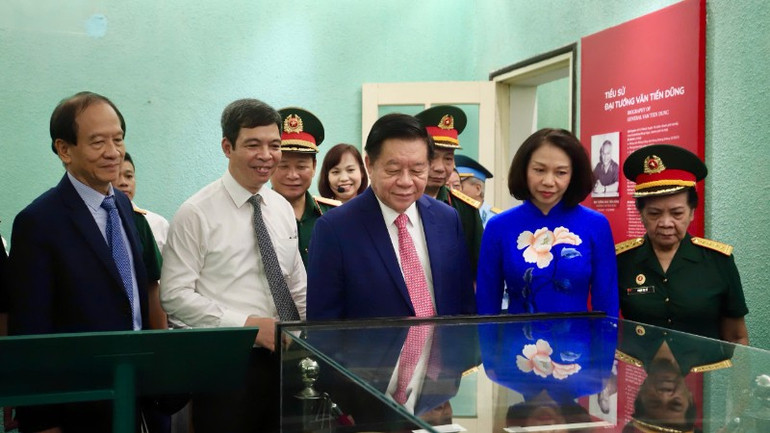
The exhibition “Promoting the value of the relic of the Secret Bunker - General Staff” provides information through documentary films, a panel system combined with storytelling sounds to make visitors feel like they are working in the bunker at the time of many historical events. Thereby highlighting historical information about the role and activities of the Secret Bunker - General Staff at the General Headquarters during the resistance war against the US.
The Cipher Tunnel - General Staff Headquarters was built during the years of the resistance war against the US, playing an important role in helping the General Headquarters of the Vietnam People's Army maintain command, direction and control over the military branches and fronts in the conditions of the US Air Force fiercely attacking the capital Hanoi. From here, soldiers encoded and transmitted top secret information to direct the battlefield; at the same time, they received information and declassified it to serve the leadership and direction work. The Cipher Tunnel was built in 1966. The time it was used the most was December 1972.
The exhibition “Hanoi Flag Tower/Flagpole - Fatherland and the desire for peace” aims to honor and promote the value of an important historical relic, a place that preserves the cultural and spiritual values of the people of the capital and the Vietnamese nation.
The exhibition is presented according to 3 themes: (1) Flag Tower under the Nguyen Dynasty; (2) French colonial occupation and changes; (3) Independent Vietnam.
Hanoi Flag Tower was built by King Gia Long in the early 19th century at the southernmost center of the main axis of Hanoi Citadel, on the old foundation of Chu Tuoc Gate of the Le Dynasty.
The flagpole used to be the tallest structure in Hanoi. During the Nguyen Dynasty, on major holidays, the first and fifteenth days of the lunar month, the flagpole flew yellow and red flags symbolizing the sovereignty of a nation.
During the French colonial period, the French hung the French flag as a symbol of colonial rule.
On October 10, 1954, the Vietnamese national flag flew for the first time on top of the Hanoi Flag Tower, affirming an independent and autonomous Vietnam. During the resistance war against the US, the top of the Flag Tower was an observation post, on duty to monitor the situation of the US bombing of Hanoi.
Over 200 years of history, Hanoi Flag Tower has marked important events in the struggle for national independence.
Today, the Hanoi Flag Tower still stands tall with the national flag on top, symbolizing the will for independence, heroism and aspiration for peace of the capital Hanoi and the Vietnamese people.
Speaking about the exhibition activities, Director of the Thang Long - Hanoi Heritage Conservation Center Nguyen Thanh Quang said: “From the autumn of the August Revolution in 1945 to the autumn of the liberation of the capital in 1954 and the spring of the great victory in 1975 was a long journey full of hardships and sacrifices of many generations of fathers and brothers, continuing the heroic revolutionary history of Thang Long - Hanoi with a thousand years of civilization. The historical stories told and vividly recreated in the exhibitions help us review the golden pages of history, pay tribute to generations of heroic martyrs who fell for peace and freedom, and are a source of inspiration to foster love for the Fatherland, national pride, and give strength to today's generation to continue writing the story of peace in the era of national development”.
Source: https://nhandan.vn/khai-mac-chuoi-trung-bay-trien-lam-ve-di-tich-lich-su-di-tich-cach-mang-post901921.html


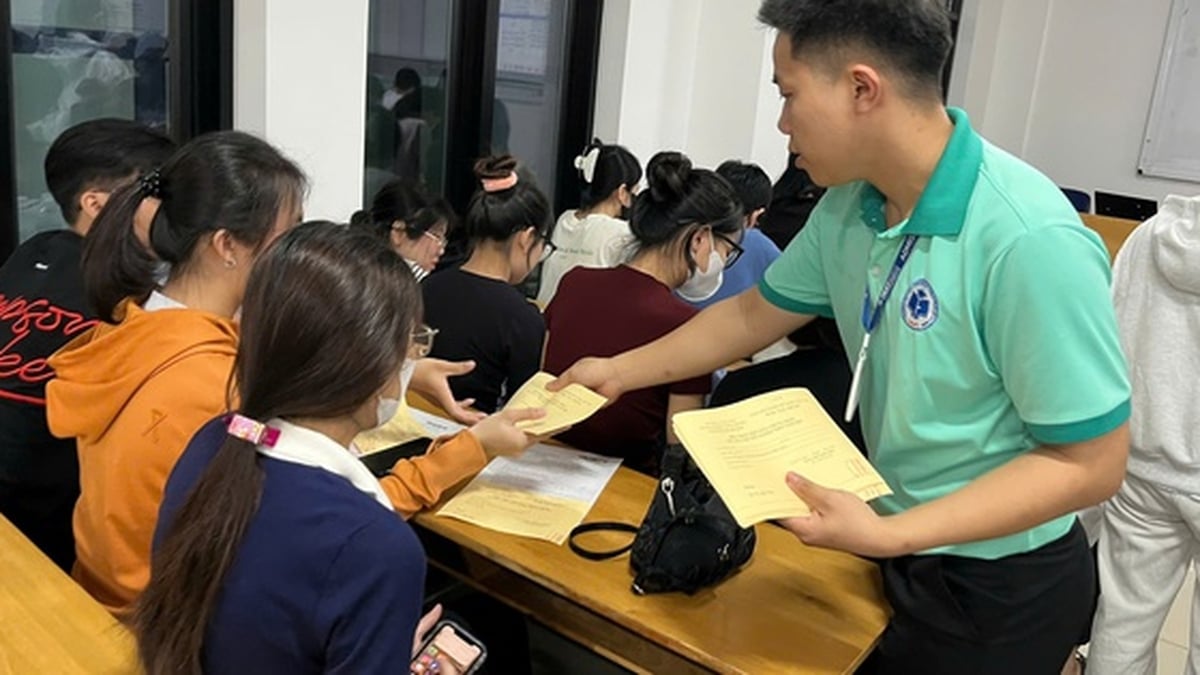


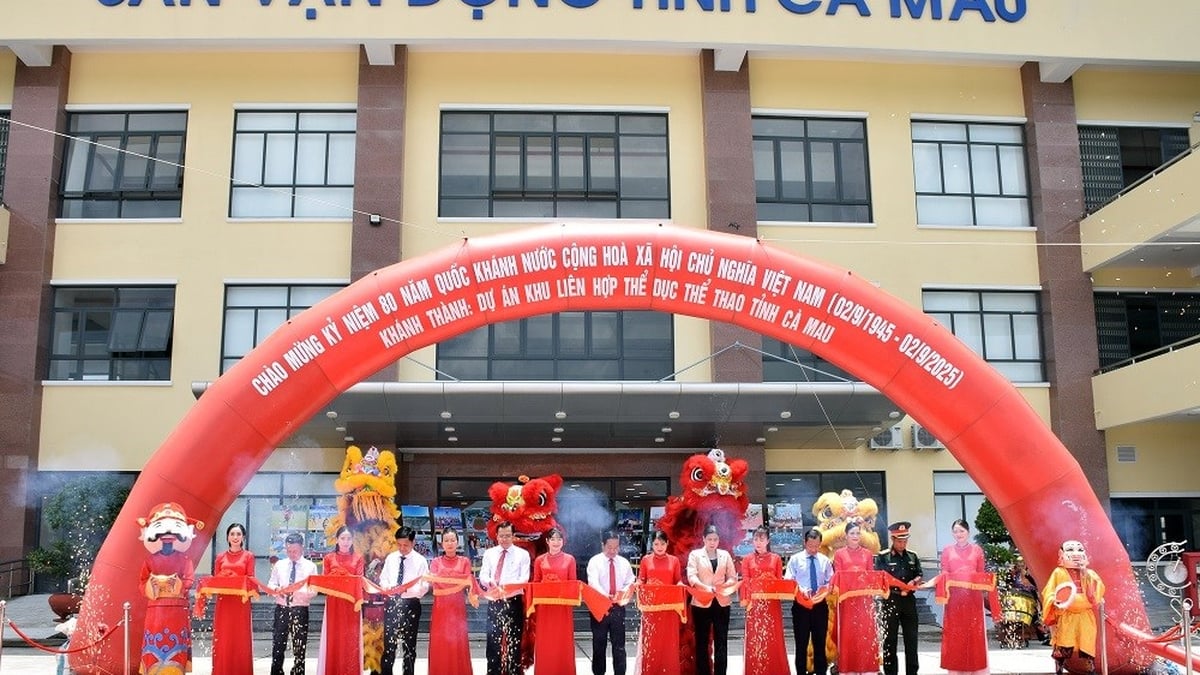
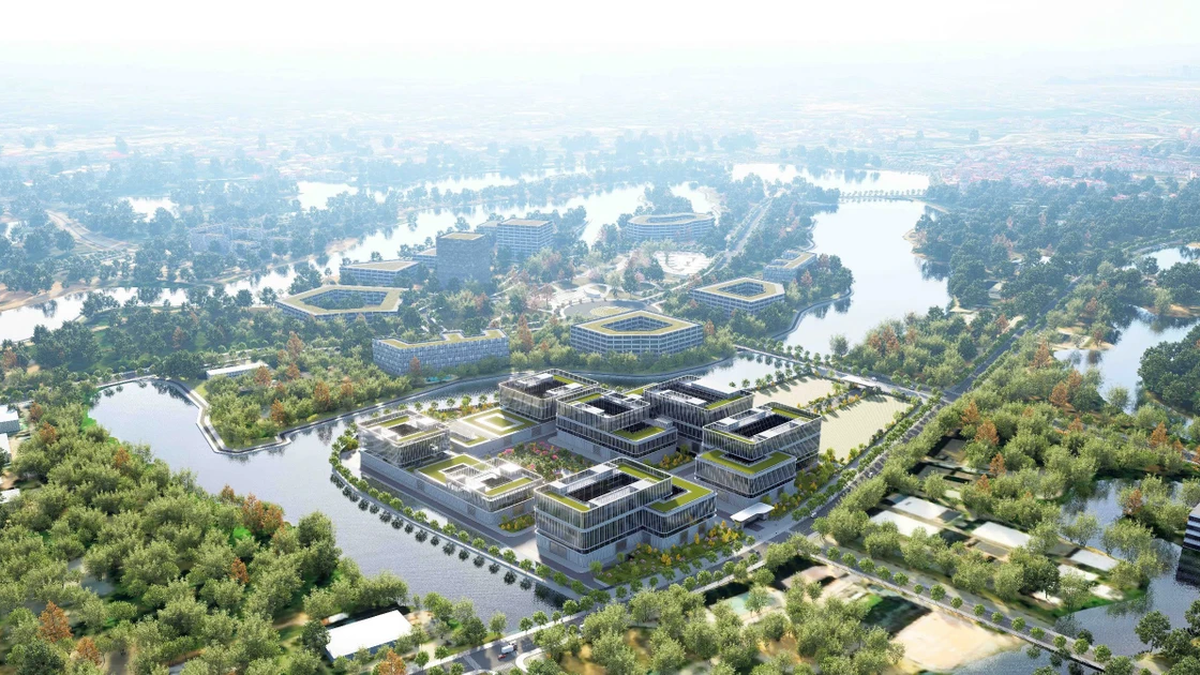

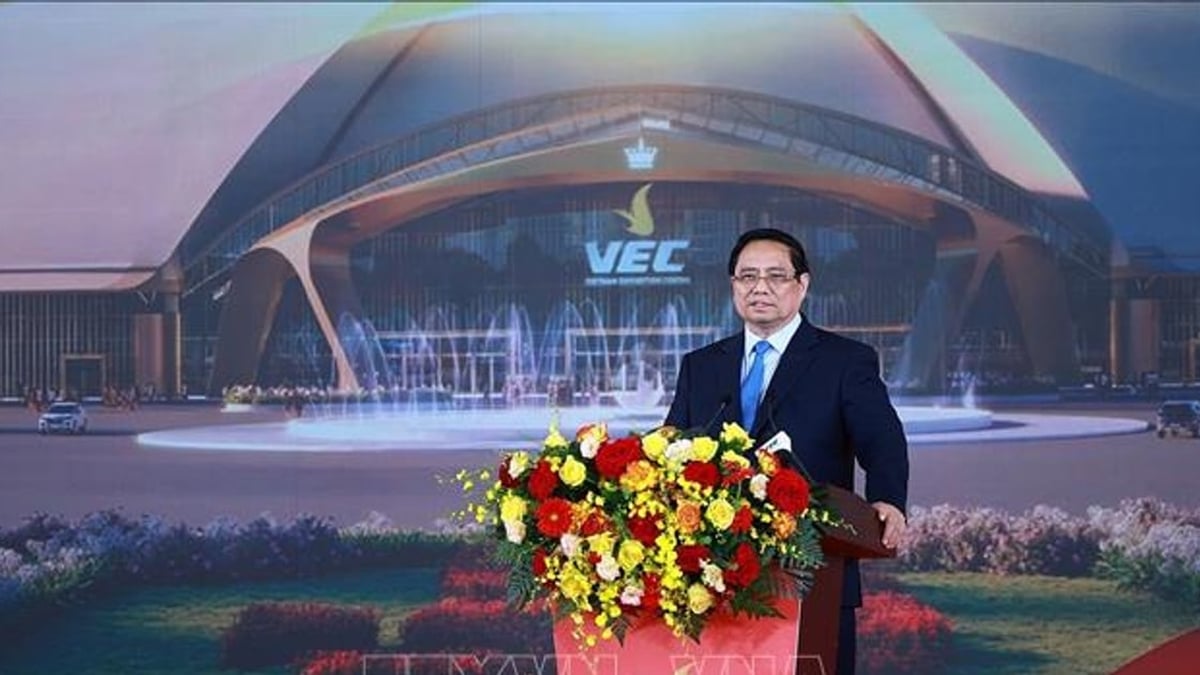
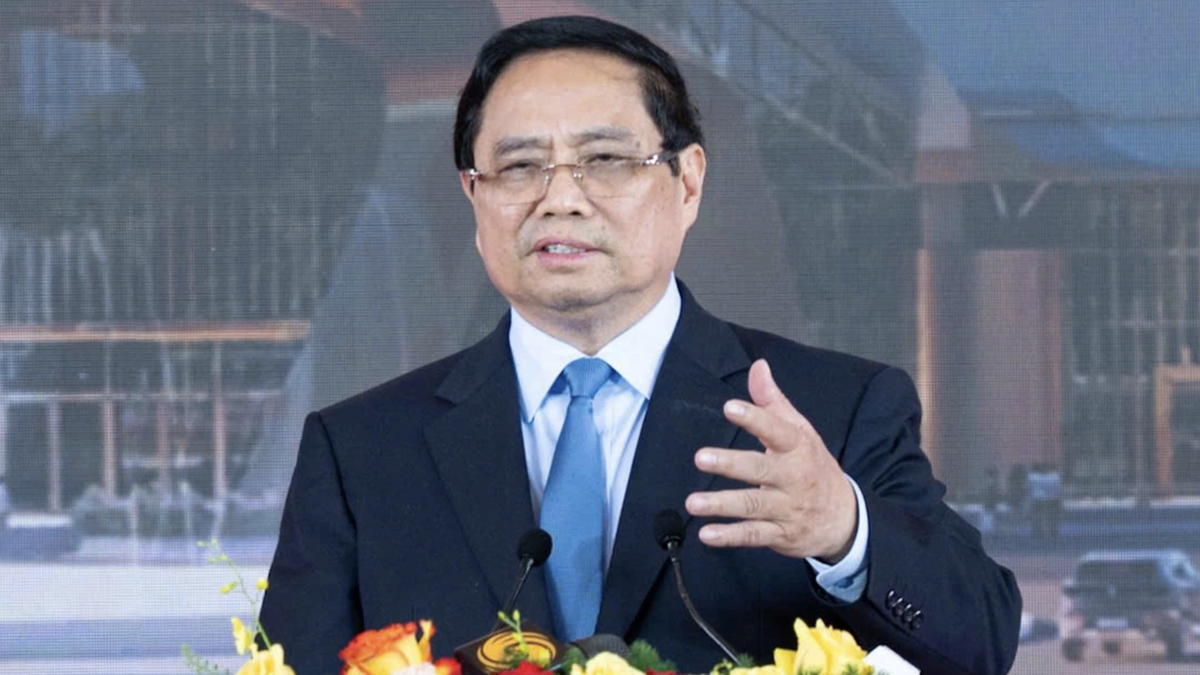













![[Photo] President Luong Cuong's wife and Queen of Bhutan visit Tran Quoc Pagoda](https://vphoto.vietnam.vn/thumb/1200x675/vietnam/resource/IMAGE/2025/8/19/62696af3852a44c8823ec52b03c3beb0)
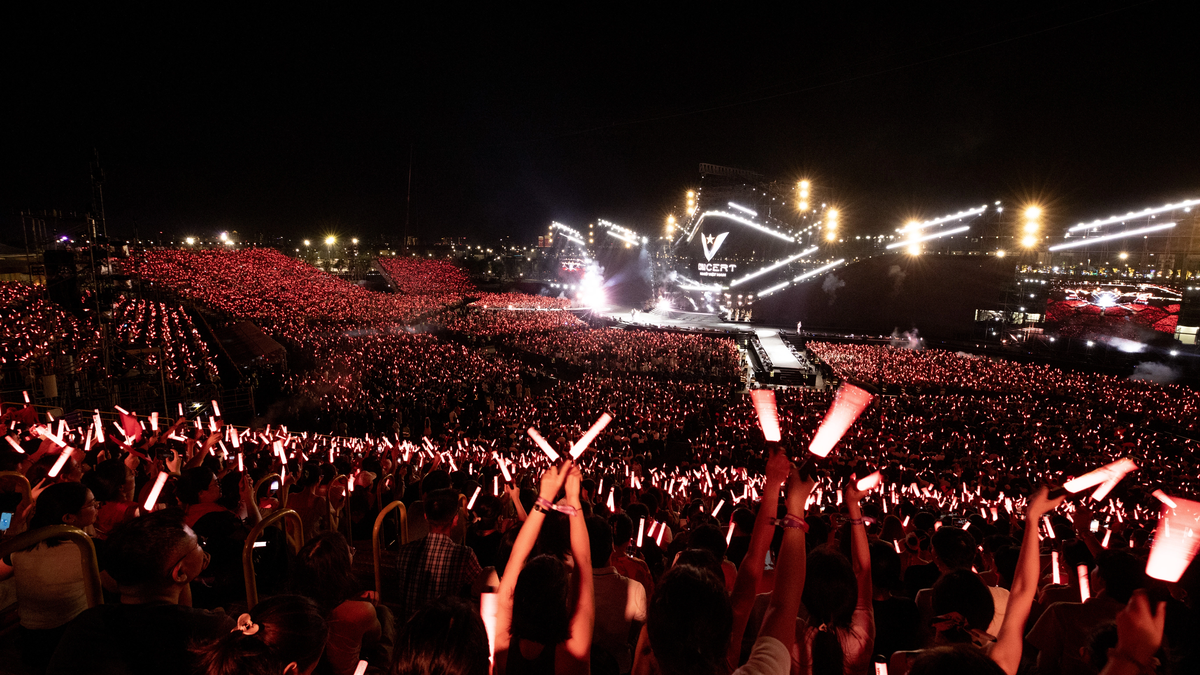
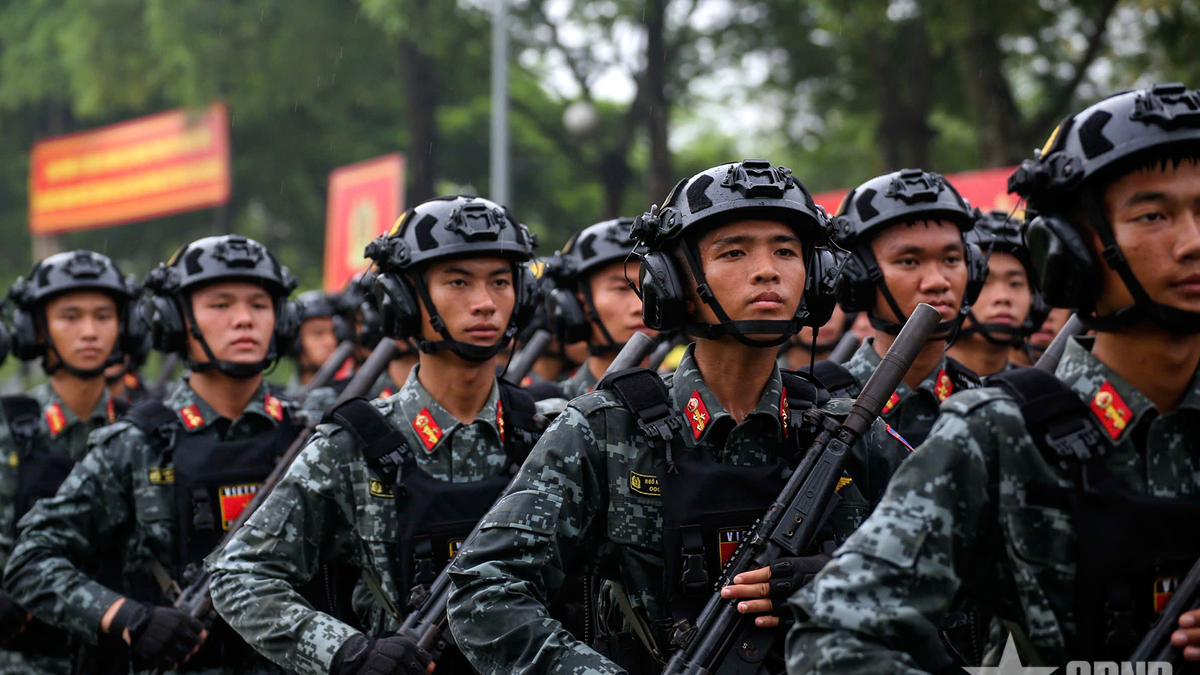
![[Photo] General Secretary To Lam attends the inauguration and groundbreaking ceremony of 250 projects to celebrate National Day](https://vphoto.vietnam.vn/thumb/1200x675/vietnam/resource/IMAGE/2025/8/19/3aa7478438a8470e9c63f4951a16248b)
![[Photo] Close-up of the first International Financial Center building in Ho Chi Minh City](https://vphoto.vietnam.vn/thumb/1200x675/vietnam/resource/IMAGE/2025/8/19/3f06082e1b534742a13b7029b76c69b6)
![[Photo] General Secretary and Prime Minister visit the National Exhibition and Fair Center](https://vphoto.vietnam.vn/thumb/1200x675/vietnam/resource/IMAGE/2025/8/19/f4503ad032d24a90beb39eb71c2a583f)

![[Photo] General Secretary To Lam and President Luong Cuong attend the handover ceremony of the Presidential Office Headquarters](https://vphoto.vietnam.vn/thumb/1200x675/vietnam/resource/IMAGE/2025/8/19/a37cfcbd301e491990dec9b99eda1c99)
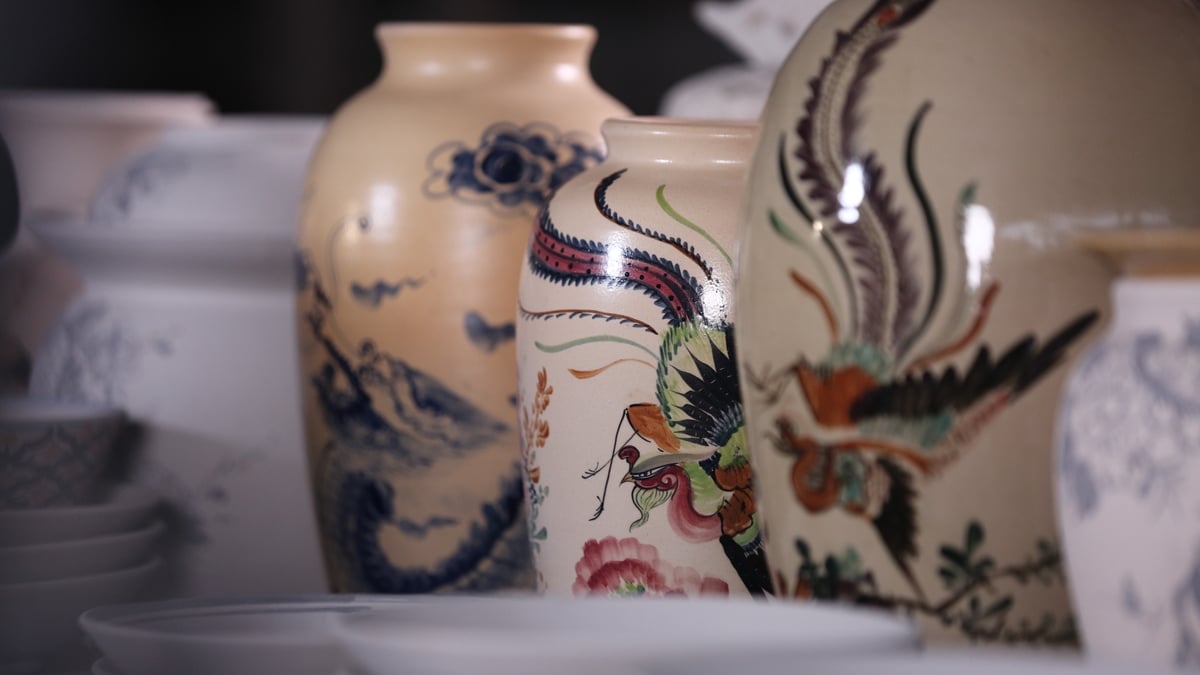
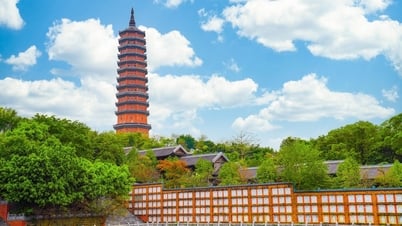

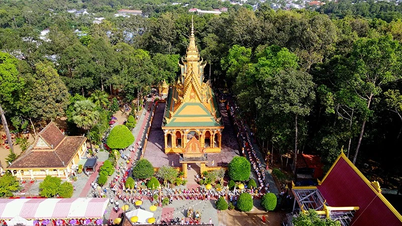
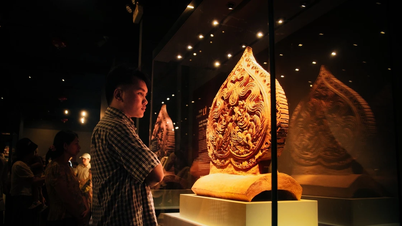





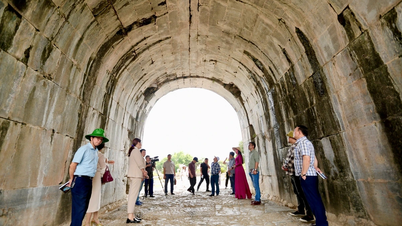

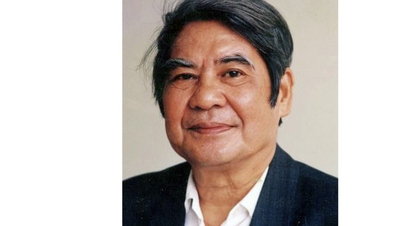

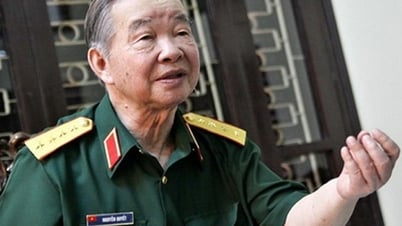

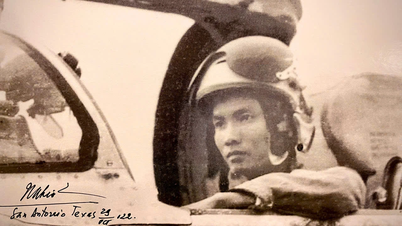





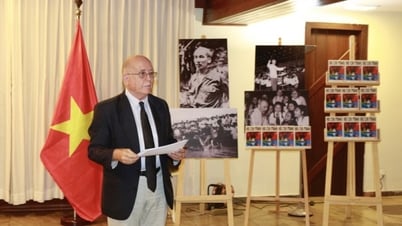





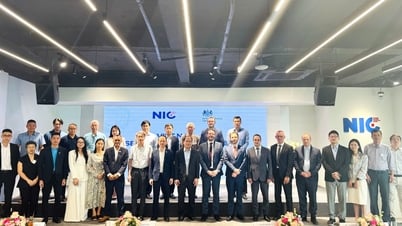

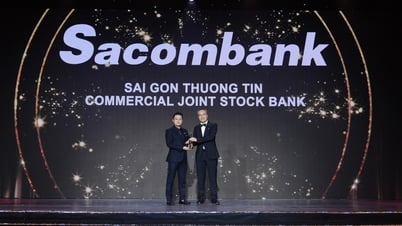


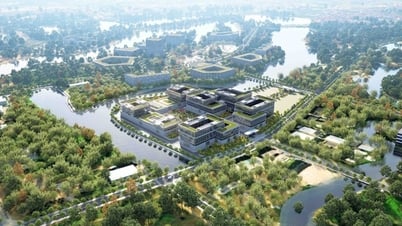

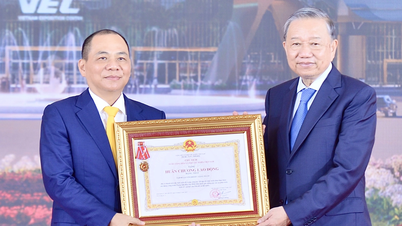


![[Photo] President Luong Cuong holds talks with King Jigme Khesar Namgyel Wangchuck of Bhutan](https://vphoto.vietnam.vn/thumb/402x226/vietnam/resource/IMAGE/2025/8/19/95a2f504f8ab4777ae48b1164382f6cf)
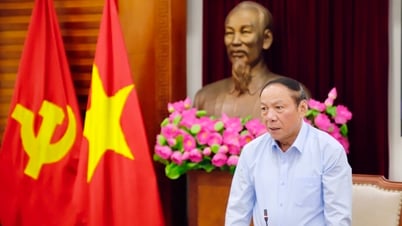

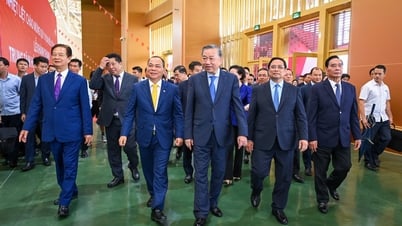



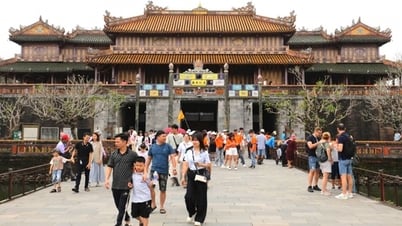

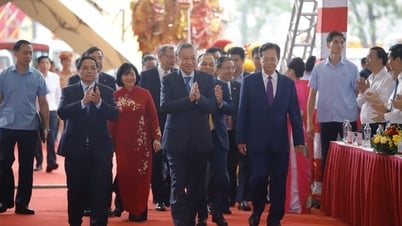










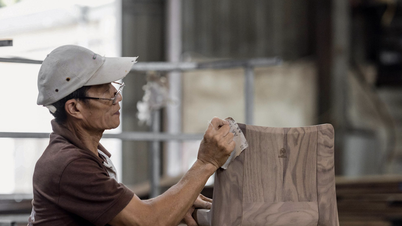

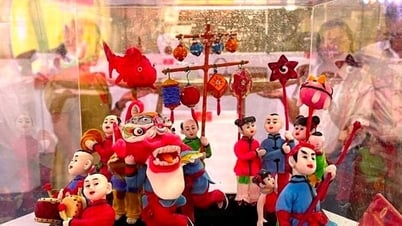












Comment (0)